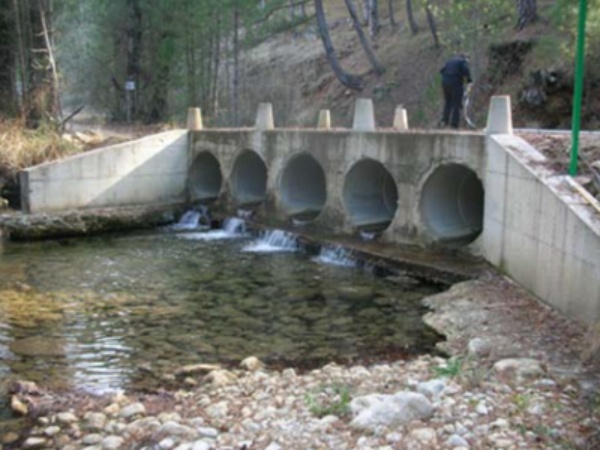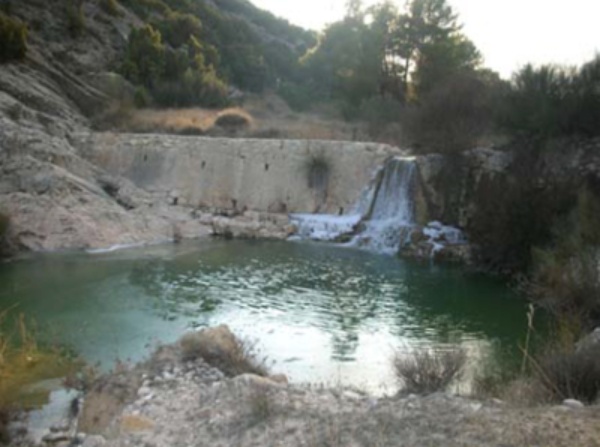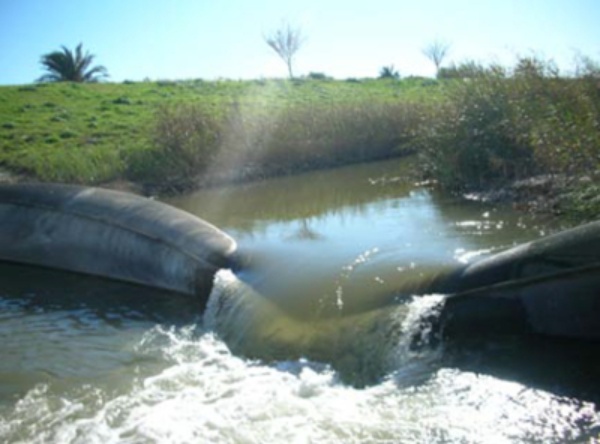The Water Framework Directive (WFD) has brought about a profound change in the concept of water quality, incorporating a new comprehensive and ecosystem approach that goes beyond the traditional conception of quality for uses contemplated by other Directives related to the matter. In this sense, the biological and hydromorphological aspects, in addition to the physicochemical ones, take on special relevance in the integrated quality diagnosis and, by extension, in the achievement of the environmental objectives established by the DMA .
From the hydromorphological point of view, and as it seems evident, it is not possible to achieve these quality objectives without minimum conditions of continuity in the water flow, in addition to an adequate hydrological regime and acceptable morphological conditions. Conscious of this, and in compliance with the WFD , the Hydrological Planning Instruction (IPH) It has planned a series of indicators based on hydromorphological quality elements that evaluate the continuity of the river, such as the average length between artificial barriers or their typology.

In order to identify the different infrastructures that may pose an obstacle to the longitudinal continuity of the Segura river and its tributaries, initially, the existing information on the matter was collected. Subsequently, a field campaign was carried out in which the existence of the elements identified in the information gathering phase was verified and the necessary data were taken to assess their frankness. Additionally, in the field campaign we proceeded to search, identify and collect data on new infrastructures for which no information was available and which could be impassable for fish fauna. Finally, the data collected in the field or cabinet has served to:


We assume that the obstacles that we provide you are not all but most, given the knowledge of any infrastructure with the possibility of posing an obstacle to longitudinal continuity that is not included in this list, we would appreciate it if you would communicate it to us at the email address electronic oficina.planificacion@chsegura.es